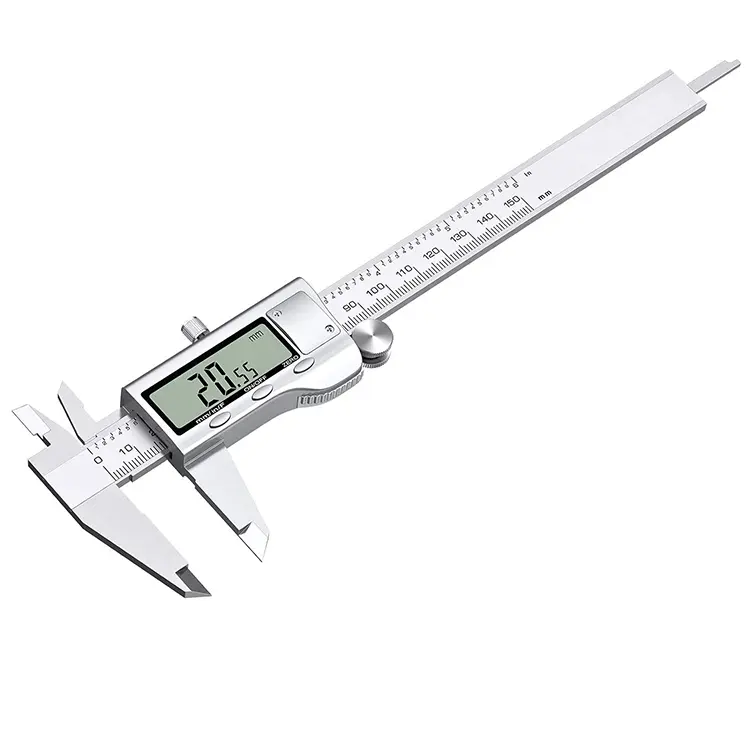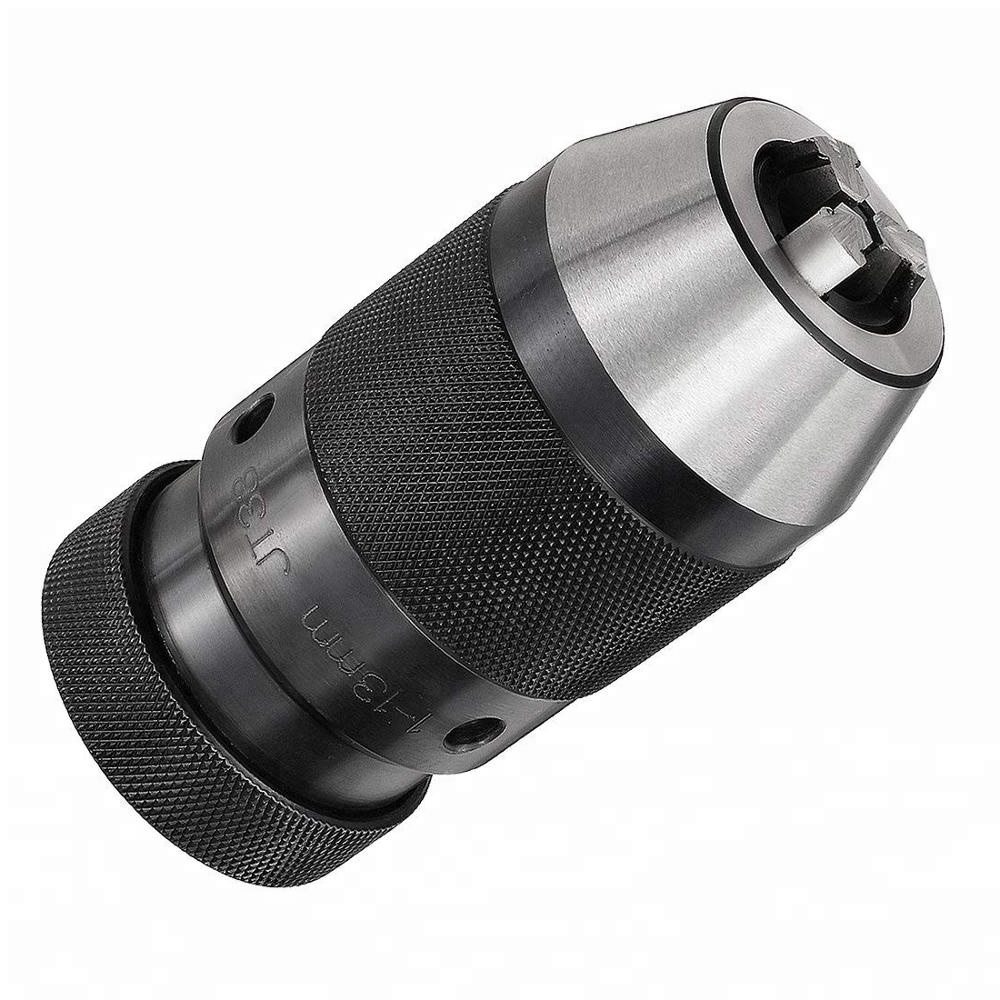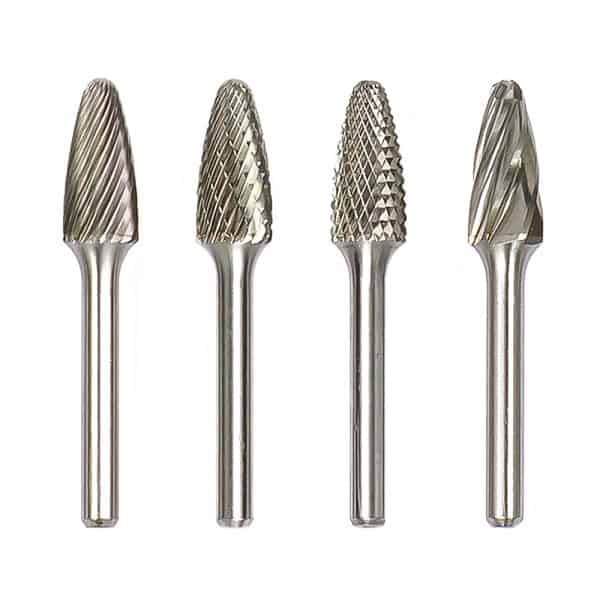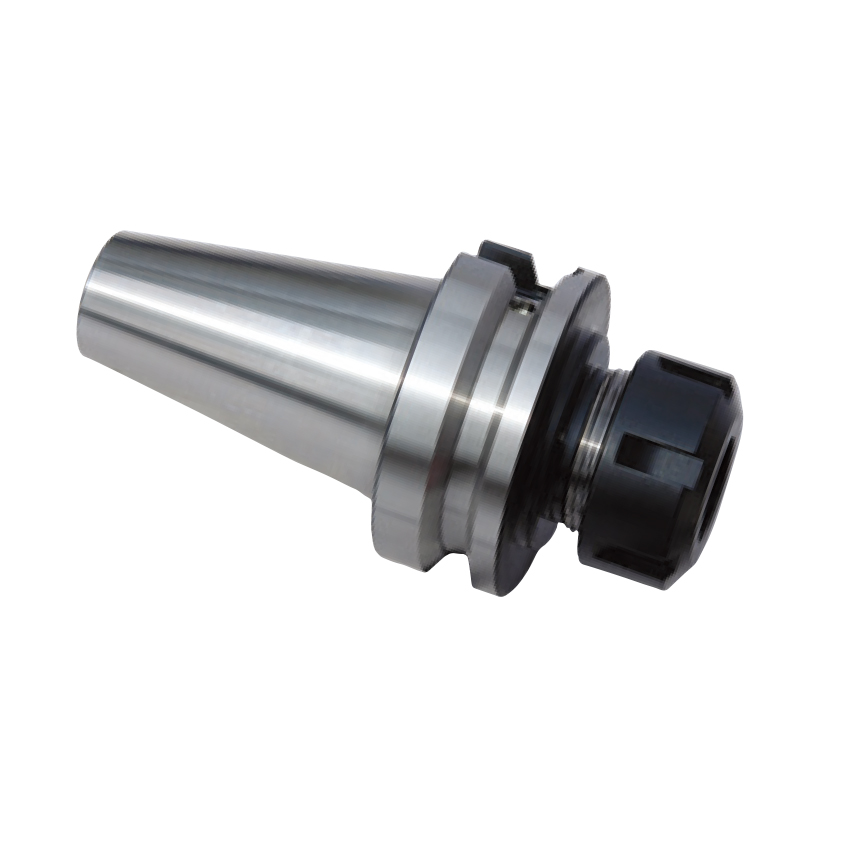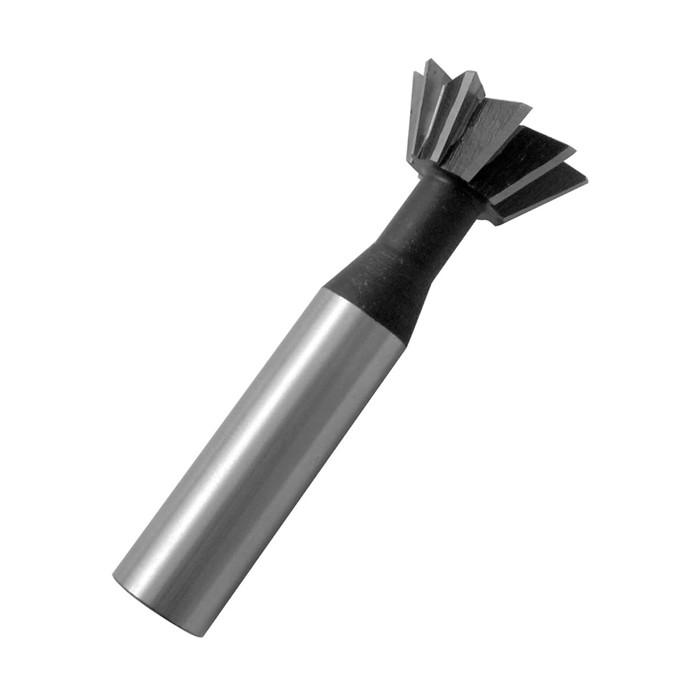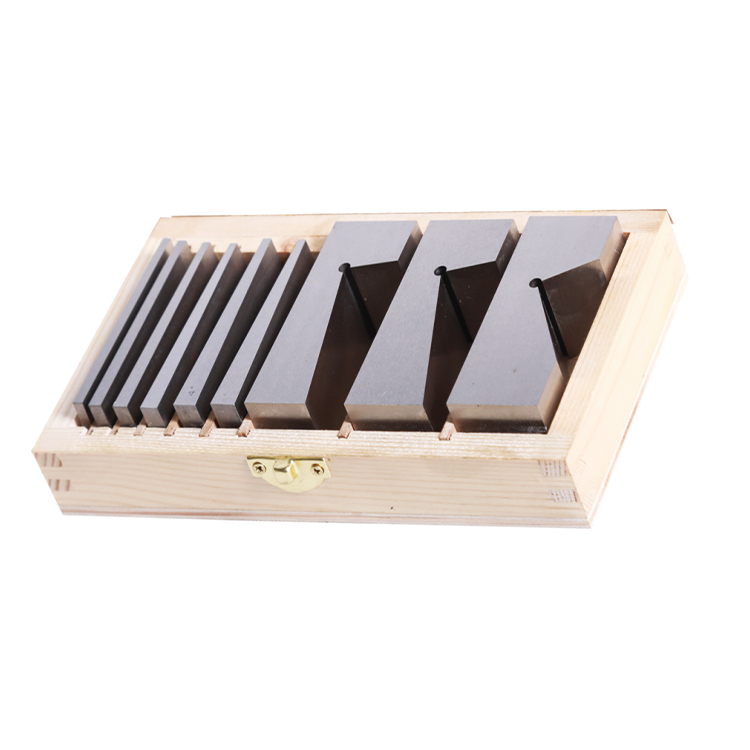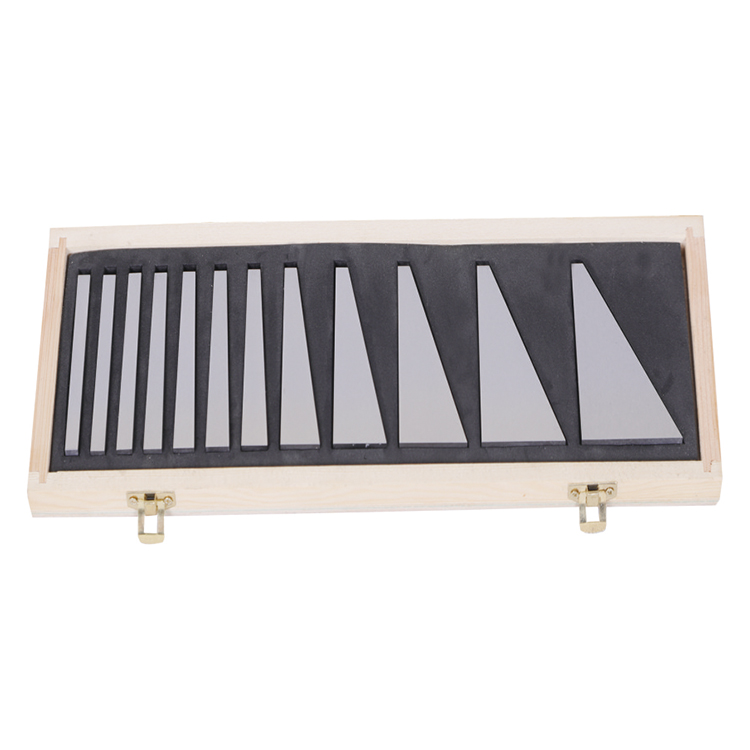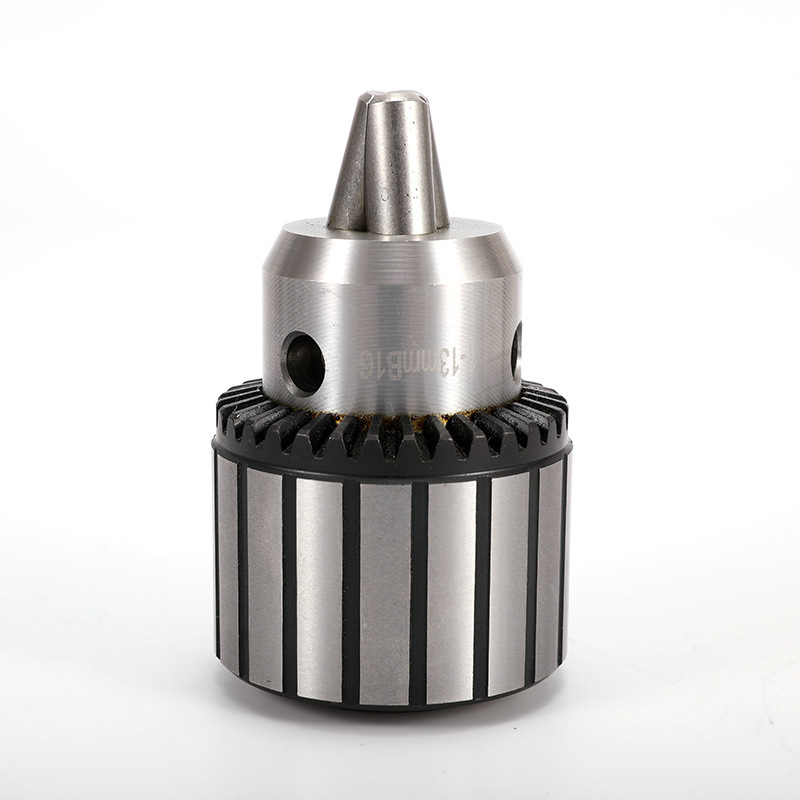5C Hex collet Factory
A 5C hex collet factory specializes in manufacturing high-precision collets used to hold hexagonal workpieces in lathes and other machine tools. These collets are essential for accurate machining, offering superior grip and concentricity compared to traditional chucks. This guide explores the features, applications, selection, and maintenance of 5C hex collets to help you optimize your machining processes.
Understanding 5C Hex Collets
What is a 5C Hex Collet?
A 5C hex collet is a precision workholding device designed to securely clamp hexagonal shaped materials. The '5C' refers to the industry-standard collet size, which is commonly used in a variety of machine tools. Hex collets are crucial for applications where consistent and accurate positioning of hexagonal stock is required.
Key Features and Benefits
- High Precision: Ensures accurate alignment and concentricity.
- Strong Gripping Force: Provides a secure hold on the workpiece.
- Versatility: Compatible with various machine tools that accept 5C collets.
- Durability: Made from hardened steel for long-lasting performance.
- Repeatability: Consistent clamping for batch production.
Applications of 5C Hex Collets
Manufacturing Industries
5C hex collets are widely used in industries such as:
- Aerospace
- Automotive
- Medical Device Manufacturing
- Electronics
- General Machining
Specific Machining Operations
These collets are ideal for operations like:
- Turning
- Milling
- Grinding
- Drilling
- Tapping
Selecting the Right 5C Hex Collet
Material Considerations
Most 5C hex collets are made from hardened tool steel. However, special materials like stainless steel may be used for specific applications requiring corrosion resistance.
Size and Capacity
Ensure the hex collet size matches the dimensions of your hexagonal workpiece and the capacity of your machine tool. 5C collets typically have a capacity range up to 1-1/16' (27 mm) but smaller sizes are needed for tighter tolerances.
Accuracy and Runout
Look for collets with low runout specifications (e.g., 0.0002' TIR) for high-precision applications. Runout refers to the amount of wobble of the workpiece when the collet is rotating. Low runout values are crucial for minimizing errors in machining.
Working with a Reputable 5C Hex Collet Factory
Quality Control and Standards
Choosing a reputable 5C hex collet factory like Wayleading Tools ensures adherence to strict quality control standards. This includes material certifications, dimensional inspections, and performance testing.
Customization Options
Many factories offer customization options to meet specific application requirements, such as:
- Special bore sizes
- Custom materials
- Unique clamping configurations
Lead Times and Delivery
Consider the lead times and delivery schedules offered by different 5C hex collet factories. Choose a supplier that can meet your production timelines.
Maintaining Your 5C Hex Collets
Cleaning and Lubrication
Regular cleaning and lubrication are essential to prolong the life of your 5C hex collets. Use a suitable cleaner to remove chips and debris, and apply a light coating of oil to prevent corrosion.
Inspection for Wear and Damage
Periodically inspect your collets for signs of wear or damage, such as:
- Cracks
- Deformation
- Excessive runout
Replace worn or damaged collets immediately to maintain accuracy and prevent damage to your machine tool.
Storage
Store your hex collets in a clean, dry place to prevent corrosion and damage. Use a collet rack or storage case to keep them organized and protected.
Troubleshooting Common Issues
Slippage
If the workpiece is slipping in the collet, check the following:
- Ensure the collet is properly tightened.
- Verify the collet size matches the workpiece dimensions.
- Clean the collet and workpiece surfaces.
- Consider using a collet with a higher gripping force.
Runout Problems
Excessive runout can be caused by:
- A damaged or worn collet.
- Improper installation.
- Contamination between the collet and the collet closer.
Inspect and clean all components, and replace the collet if necessary.
Comparing 5C Hex Collets to Other Workholding Solutions
| Workholding Solution | Advantages | Disadvantages |
|---|---|---|
| 5C Hex Collets | High precision, strong gripping force, good for hexagonal stock | Limited to specific shapes and sizes, requires collet closer |
| Three-Jaw Chucks | Versatile, can hold a variety of shapes, self-centering | Lower precision than collets, can damage delicate workpieces |
| Vises | Simple to use, good for holding irregular shapes | Lower precision, can be difficult to align, requires more setup time |
Future Trends in 5C Hex Collet Technology
Smart Collets
Emerging technologies are incorporating sensors into collets to monitor clamping force, vibration, and temperature. This data can be used to optimize machining processes and prevent tool damage.
Quick-Change Systems
Quick-change collet systems allow for faster tool changes, reducing downtime and increasing productivity. These systems are becoming increasingly popular in high-volume manufacturing environments.
Conclusion
5C hex collets are essential tools for precision machining of hexagonal workpieces. By understanding their features, applications, selection criteria, and maintenance requirements, you can optimize your machining processes and achieve superior results. Contact a reputable 5C hex collet factory such as Wayleading Tools, a provider of high-quality collets and tooling solutions, to find the perfect collet for your needs. They offer expert guidance and support to help you maximize the performance of your machine tools.
Related products
Related products
Best selling products
Best selling products-
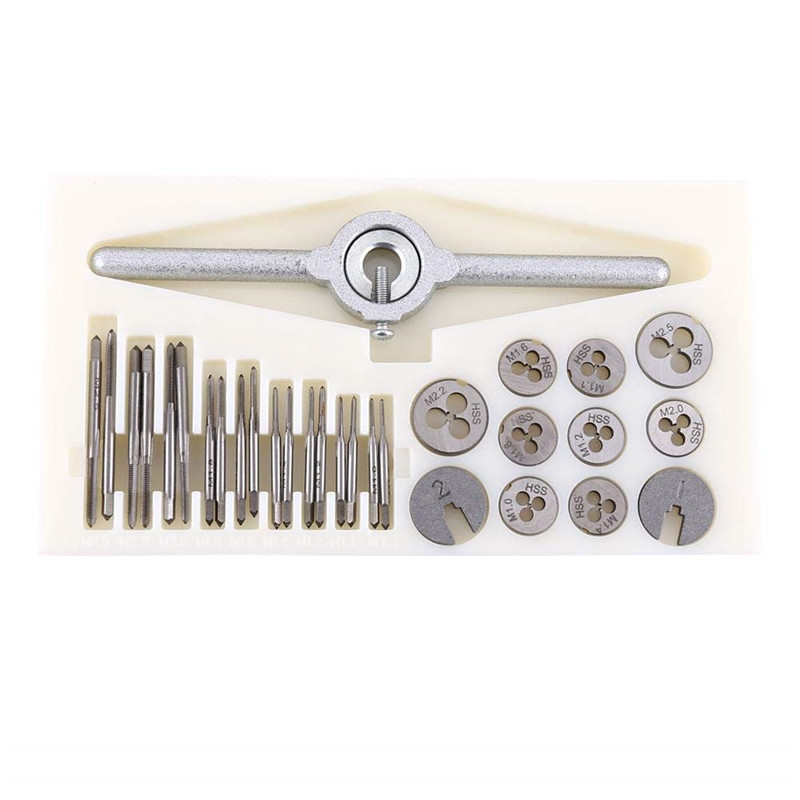 30PCS HSS Metric And Inch Size MINI Tap & Die Set
30PCS HSS Metric And Inch Size MINI Tap & Die Set -
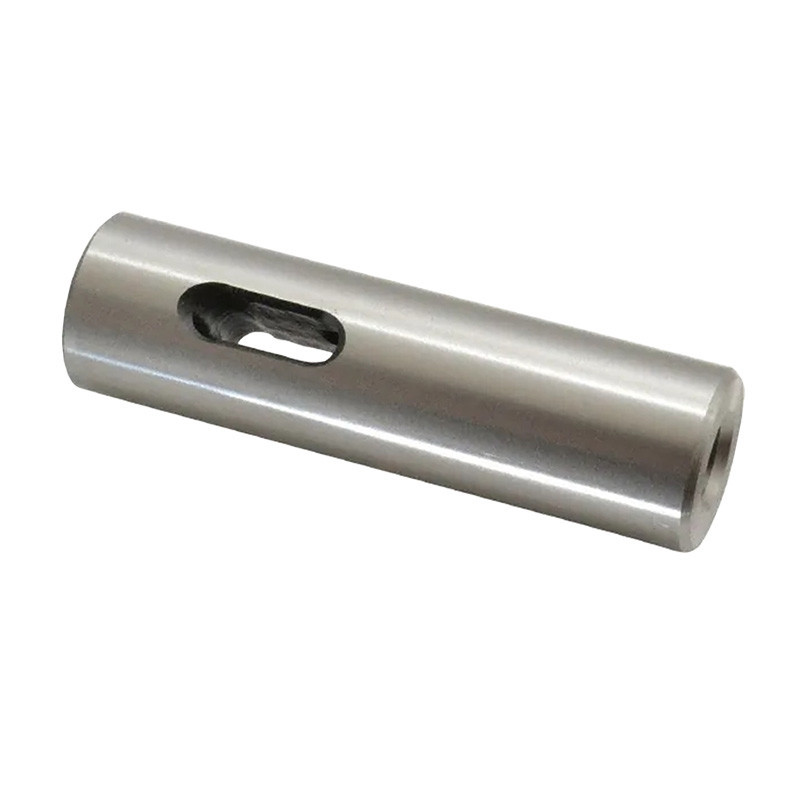 Precision Straight Shank To Morse Taper Adapter
Precision Straight Shank To Morse Taper Adapter -
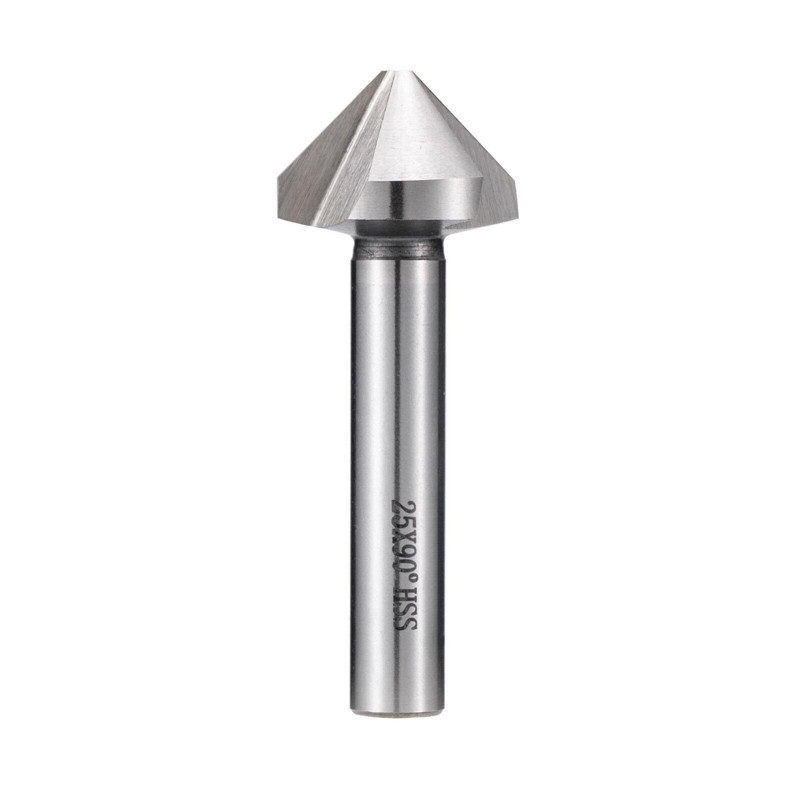 3 Flutes HSS Chamfering Countersink Drill bitl With 60 And 90 Degree
3 Flutes HSS Chamfering Countersink Drill bitl With 60 And 90 Degree -
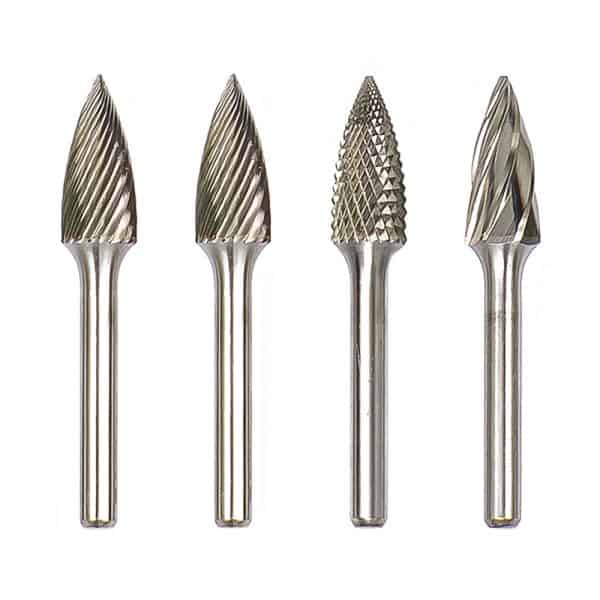 Type G Arc Pointed Tree Tungsten Carbide Rotary Burr
Type G Arc Pointed Tree Tungsten Carbide Rotary Burr -
 Type J-60 Degree Cone Tungsten Carbide Rotary Burr
Type J-60 Degree Cone Tungsten Carbide Rotary Burr -
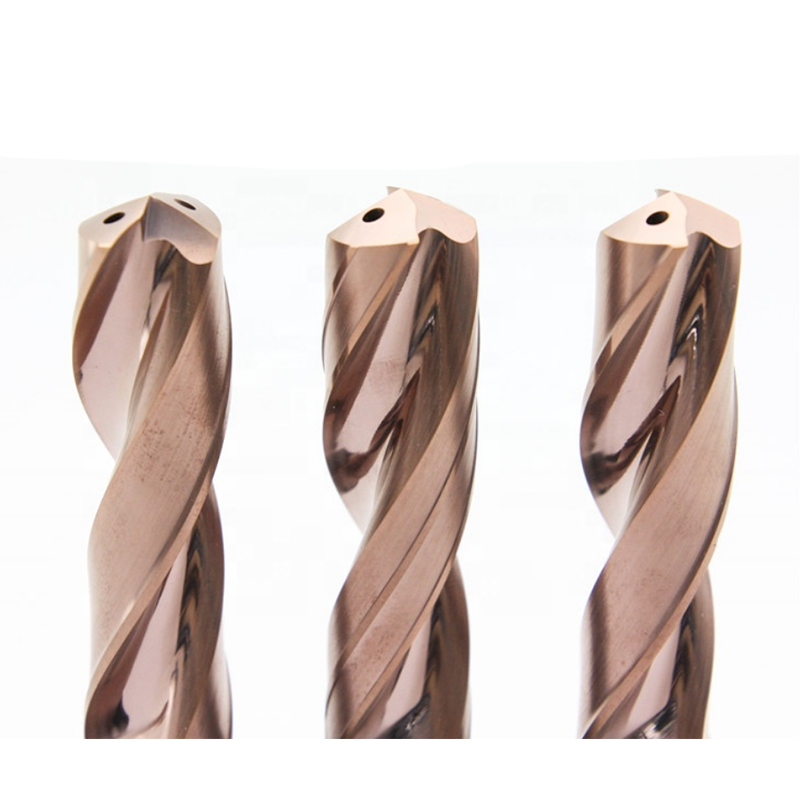 Inch Solid Carbide Twist Drill With Internal Coolant & External Coolant
Inch Solid Carbide Twist Drill With Internal Coolant & External Coolant -
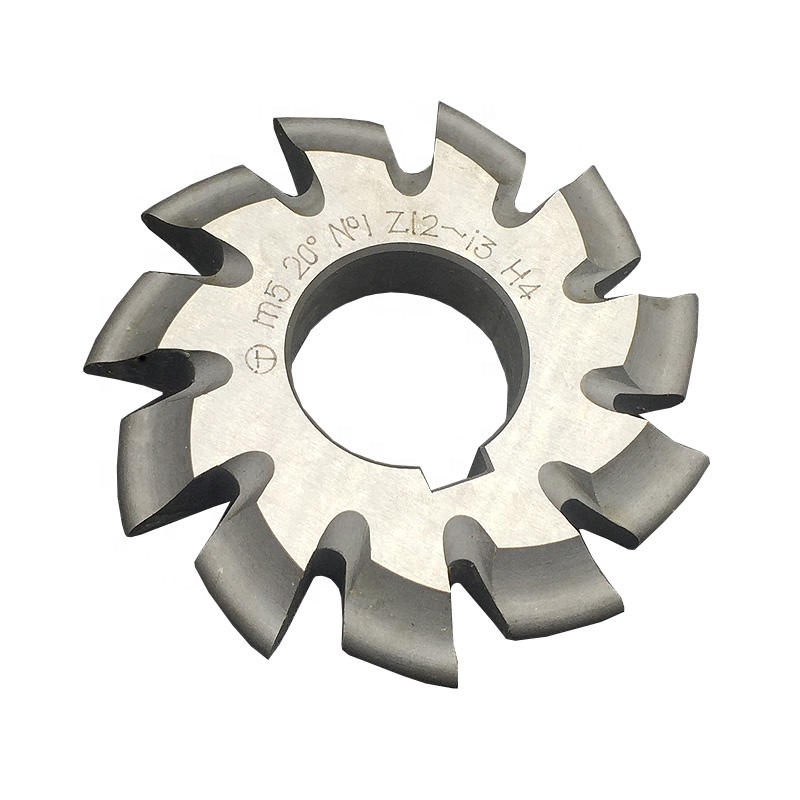 HSS Module Involute Gear Cutters With PA20 And PA14-1/2
HSS Module Involute Gear Cutters With PA20 And PA14-1/2 -
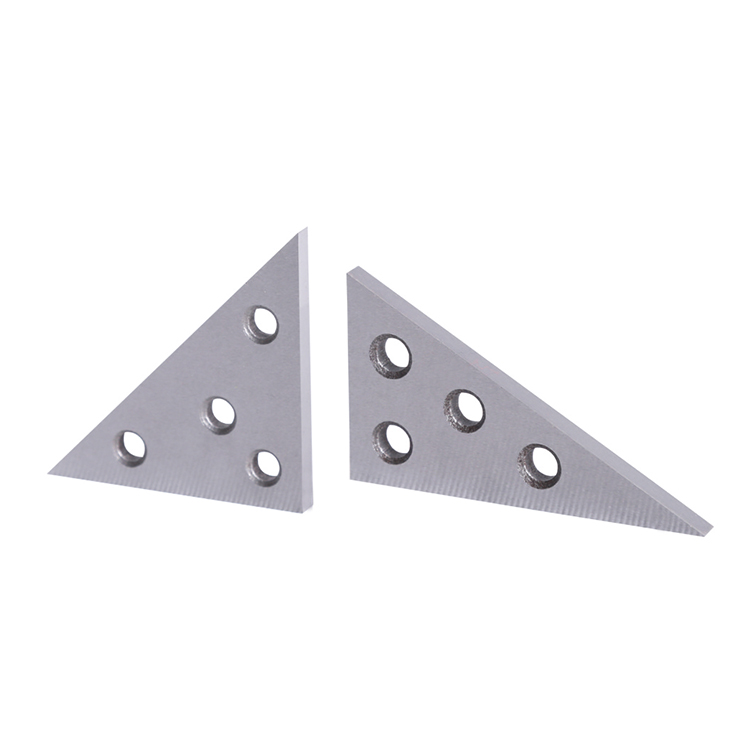 Precision 2pcs Angle Blocks Set With High Quality Type
Precision 2pcs Angle Blocks Set With High Quality Type -
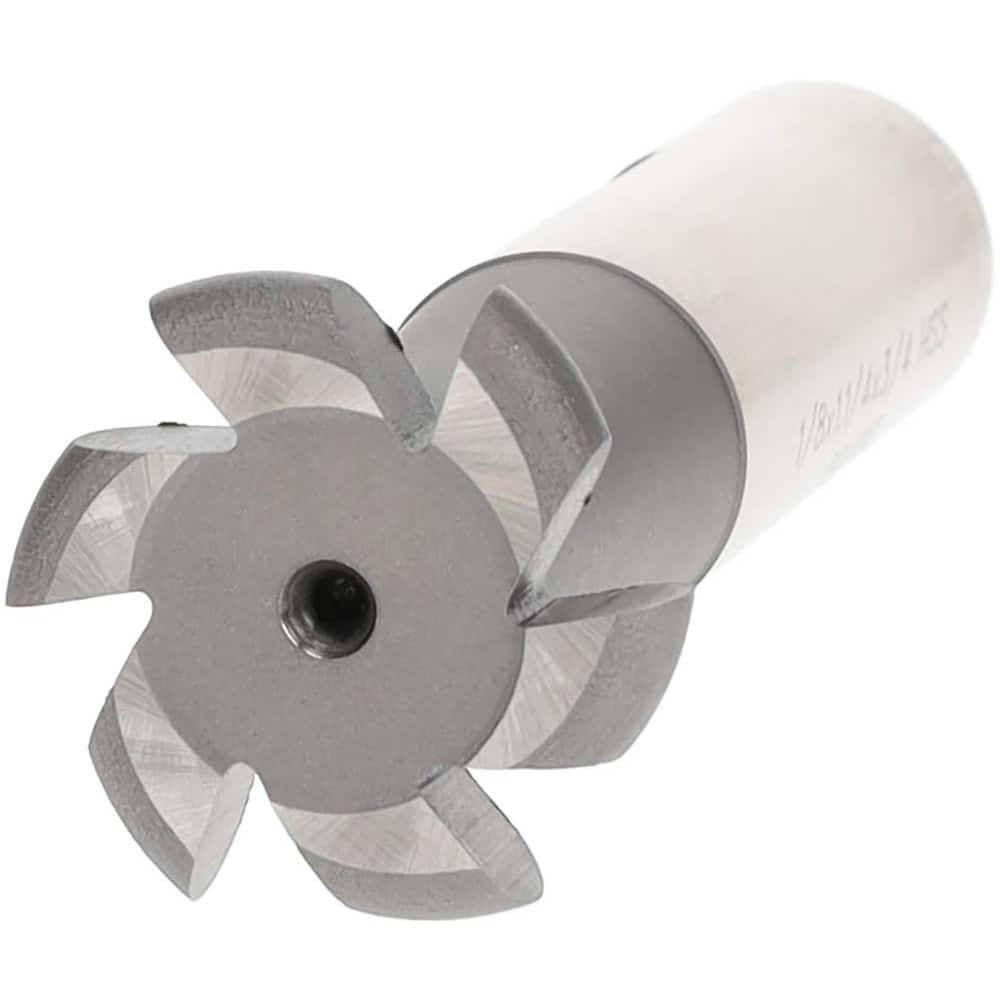 HSS Inch Convex Milling Cutter For Industrial
HSS Inch Convex Milling Cutter For Industrial -
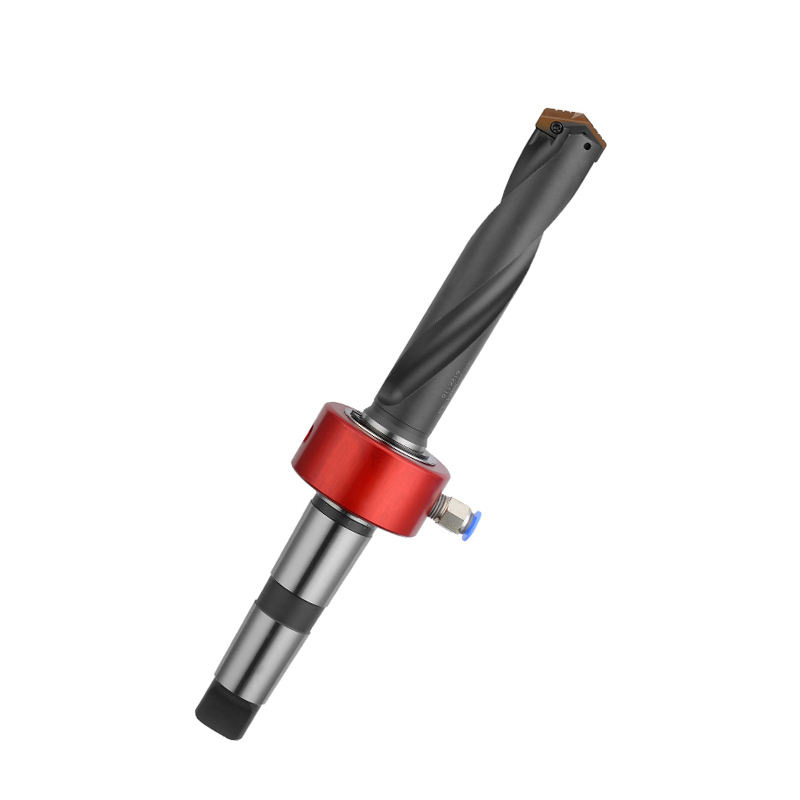 Indexable Spade Drill Holder With Helical Flute Holder And Taper Shank
Indexable Spade Drill Holder With Helical Flute Holder And Taper Shank -
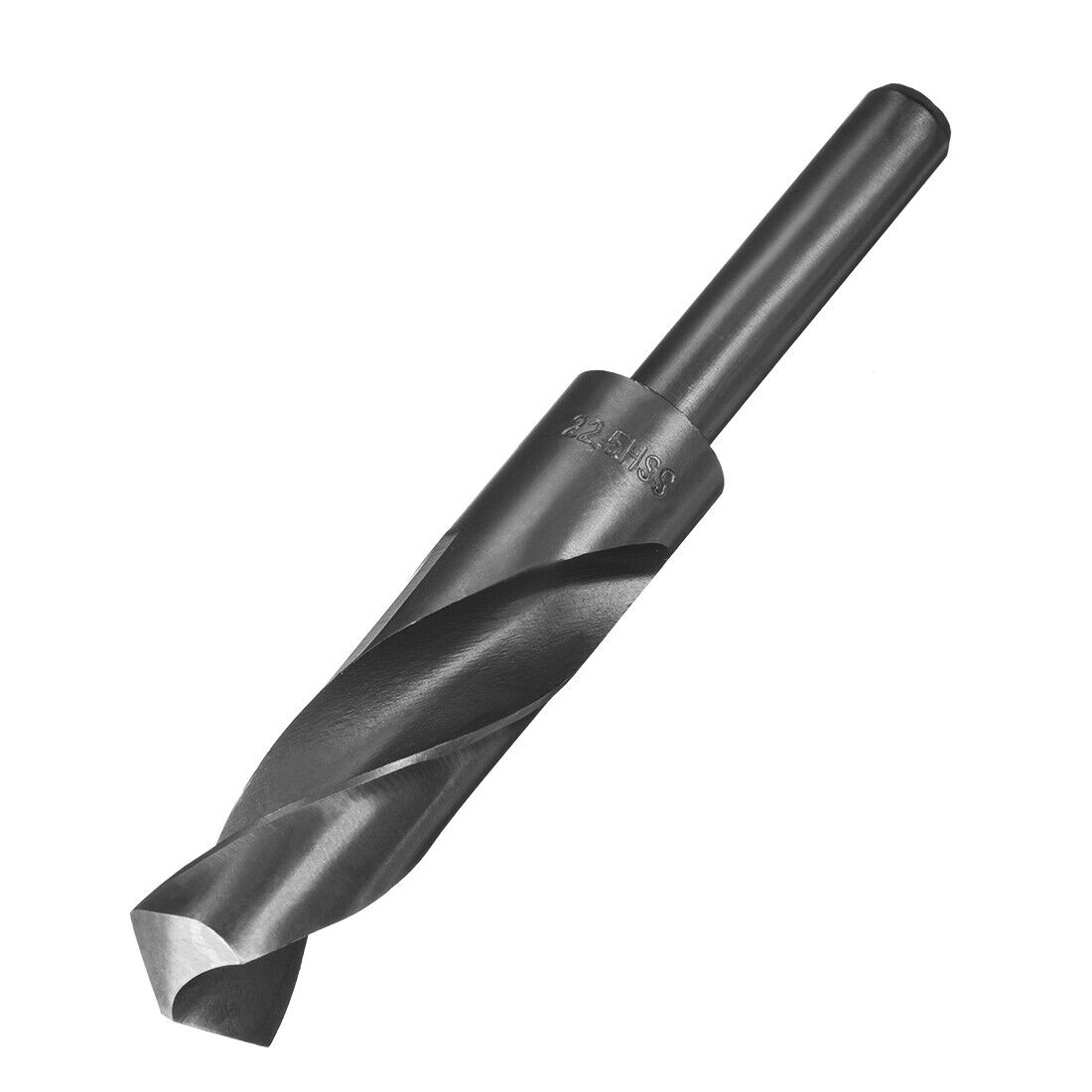 Metric HSS 13mm Reduce Shank Drill Bit For Metal Cutting Of High Precision
Metric HSS 13mm Reduce Shank Drill Bit For Metal Cutting Of High Precision -
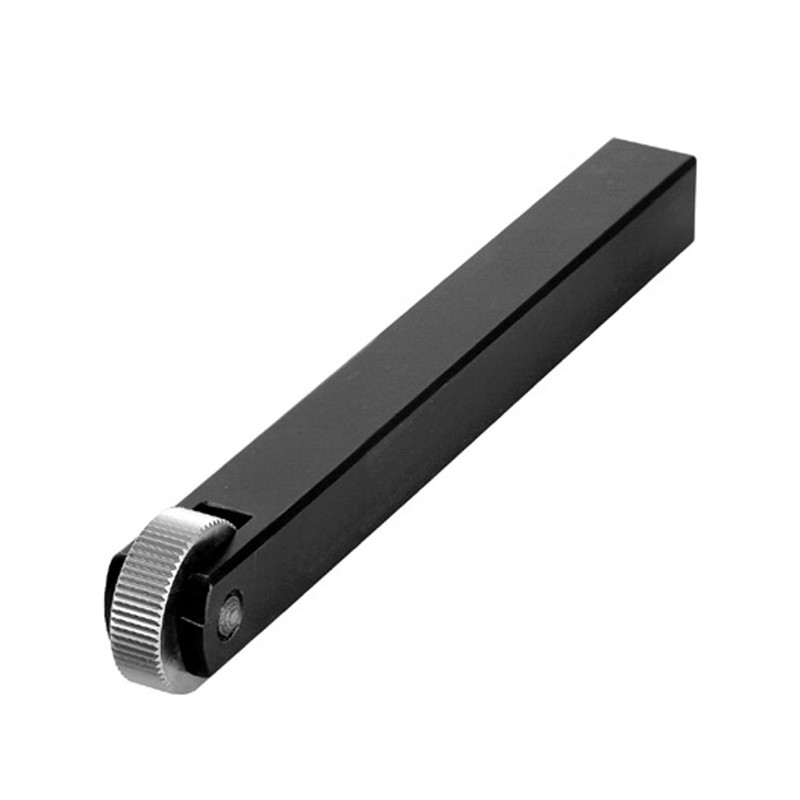 Single Wheel Knurling Tools With Straight Pattern For Industrial Type
Single Wheel Knurling Tools With Straight Pattern For Industrial Type

